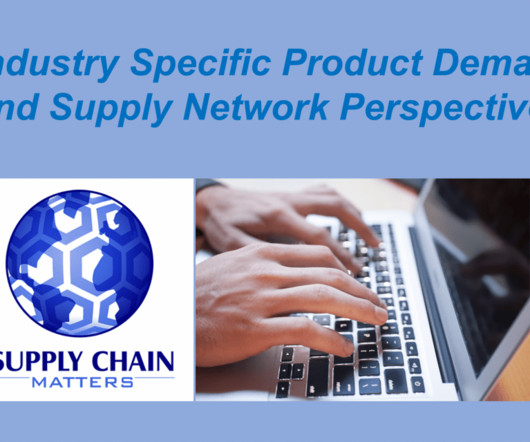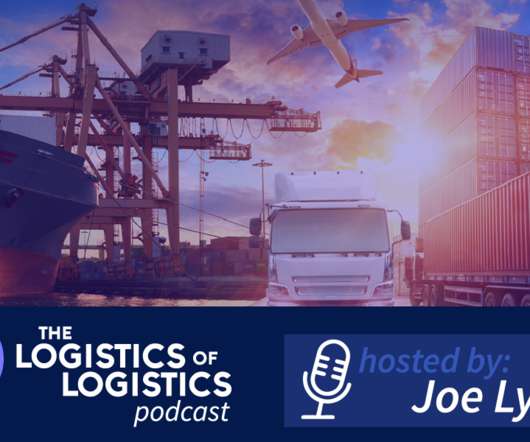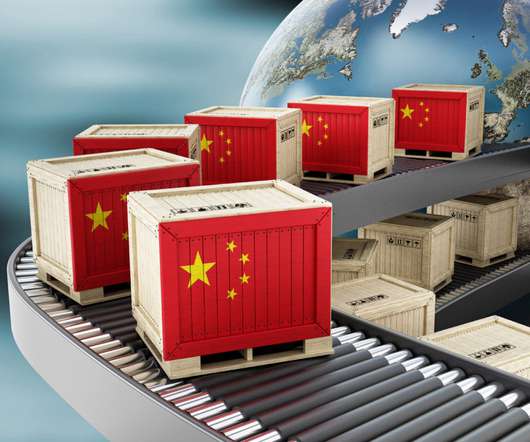Amul’s Optimized Supply Chain: Driving Global Growth in the Dairy Industry
Logistics Viewpoints
OCTOBER 15, 2024
Amul’s Supply Chain The Indian dairy industry is among the fastest growing sectors globally, providing livelihoods for millions of farmers and contributing over 5 percent to the economy. The post Amul’s Optimized Supply Chain: Driving Global Growth in the Dairy Industry appeared first on Logistics Viewpoints.























































Let's personalize your content